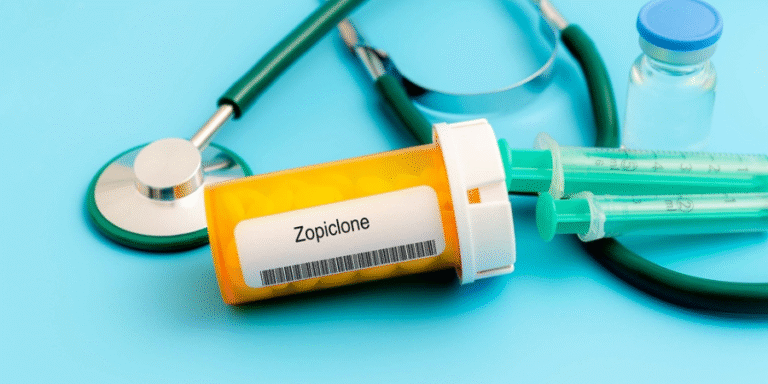
The ABS stands for anti-lock braking system, and seeing the ABS light on your dashboard means that something is wrong with one of the most critical safety systems of your car. Surprisingly, most drivers don’t exactly know what ABS car light does or why it is even on. In short, that light means that your car’s ability to stop safely may be compromised.
So, in this article, we will list some of the most common reasons why this light comes on and how to troubleshoot it. Keep on reading to get clear and practical answers before it turns into a bigger issue.
What Does ABS Mean on a Car?
It is a safety feature that is designed to prevent your wheels from locking up during hard braking. When this system fails, your tires can skid, causing you to lose steering control when you slam the brakes.
When ABS is working, it automatically pumps the brakes (much faster than a human ever could) to help you stop without skidding. That’s especially helpful in emergencies or when driving on ice, rain, or gravel. So, when the ABS sign on car turns on, it’s alerting you that this safety feature has been disabled for some reason.
What Causes the ABS Light to Come On (or Flicker Off Again)?
1. Faulty Wheel Speed Sensor
Each wheel has a speed sensor that tells the ABS how fast it’s turning. If one sensor malfunctions or gets covered in dirt or ice, the system can’t track your wheels accurately, and it shuts down as a safety measure.
In some cases, if the debris dislodges or you restart the engine, the system might reset temporarily, but the underlying problem is still there.
2. Corroded or Loose Sensor Wiring
If the wiring connected to your speed sensors is damaged or corroded, it can cause some intermittent issues. That’s why you might see the ABS brake light on your dashboard pop on and off at random. This problem is very common in wet or salty conditions.
3. Low Brake Fluid
Well, as the name suggests, you need the brake fluid to build the pressure needed for anti-lock braking. If the fluid is low, the system might disable itself to prevent failure.
The more you drive your car, the brake fluid drops naturally as the pads wear out, but leaks can also be the cause. Either way, low fluid is never a good sign.
4. Blown Fuse or Faulty ABS Module
Like any electrical system, ABS has a fuse and a control module. If either fails, the system goes offline, and you will see a yellow light on your dashboard. This type of issue usually keeps the light on permanently until it’s fixed.
5. Battery or Voltage Irregularities
Finally, a defective battery or voltage fluctuation during start-up can lead to the ABS system throwing an error. When this is the case, it is possible that the light goes away when restarted or after a short drive. You may, however, want to get it checked in case it happens more than once.
How To Fix ABS Light on a Car Quickly
1. Run a Diagnostic Scan
Use an OBD-II scanner to read the error codes. Many auto parts stores offer this for free, or you can get it done at a trusted service center. It’ll tell you exactly what’s failing.
2. Inspect the Obvious
Pop open your hood and look for:
- Low or dirty brake fluid
- Visible damage or corrosion near wheel sensors
- Brake pedal feel
- A blown ABS fuse (you’ll find it in the fuse box under the hood)
3. Replace the Faulty Part
Depending on the scan results, this could mean:
- Replacing a wheel speed sensor
- Repairing wiring
- Refilling brake fluid
- Swapping the ABS module
These are easy, low-cost fixes if that’s the issue.
4. Reset the ABS Light
Once repairs are made, the ABS light should go off. If not, you may need to clear the code with a scanner or have it reset professionally.

When to Call a Professional For an ABS Fix?
If that ABS car light stays on longer than a day, it’s quite risky. It’s not just about passing inspection, but more about keeping yourself safe.
At Gentry Automotive Repairs, we’ve diagnosed and fixed thousands of ABS issues on everything from family sedans to performance SUVs. Our team uses advanced scanning tools, manufacturer-grade parts, and honest service to get your car back in safe, working order.
How Long Can You Drive With ABS Light On?
You can drive with the ABS light on, but it’s not recommended. Your basic brakes still work, but:
- In wet or icy conditions, you’ll lose traction faster, making it harder to stop or steer.
- In a panic stop, your wheels might lock up.
- Your stopping distance may increase, which means it takes longer to come to a complete stop.
In case your regular brake warning light is also on, don’t drive at all. That’s a full system failure and it’s highly unsafe. Bottom line is that ABS light is not a “tow” emergency but absolutely needs your attention.
Conclusion
While your brakes may still “work,” they’re not working the way they should when it matters most, which is on wet roads, in emergencies, or when you need full control. The longer you wait, the more you risk.
Whether it’s low brake fluid or a faulty module, catching the problem early is always smarter and safer. If you’re not sure where to start, don’t guess. Let the professionals handle it.
Frequently Asked Questions
1. What does ABS stand for?
ABS stands for Anti-lock Braking System. It’s a safety feature in your car that prevents the wheels from locking up during sudden or hard braking.
2. Does ABS affect my regular brakes?
No, your regular brakes still work, but without ABS, your car can skid during sudden stops. You could lose steering control in those emergency situations.
3. Will the ABS light make me fail my car inspection?
In many states, yes. However, if you are in Texas, the ABS signal, if it is on, will not be a cause for rejection as per the Texas Department of Public Safety.



